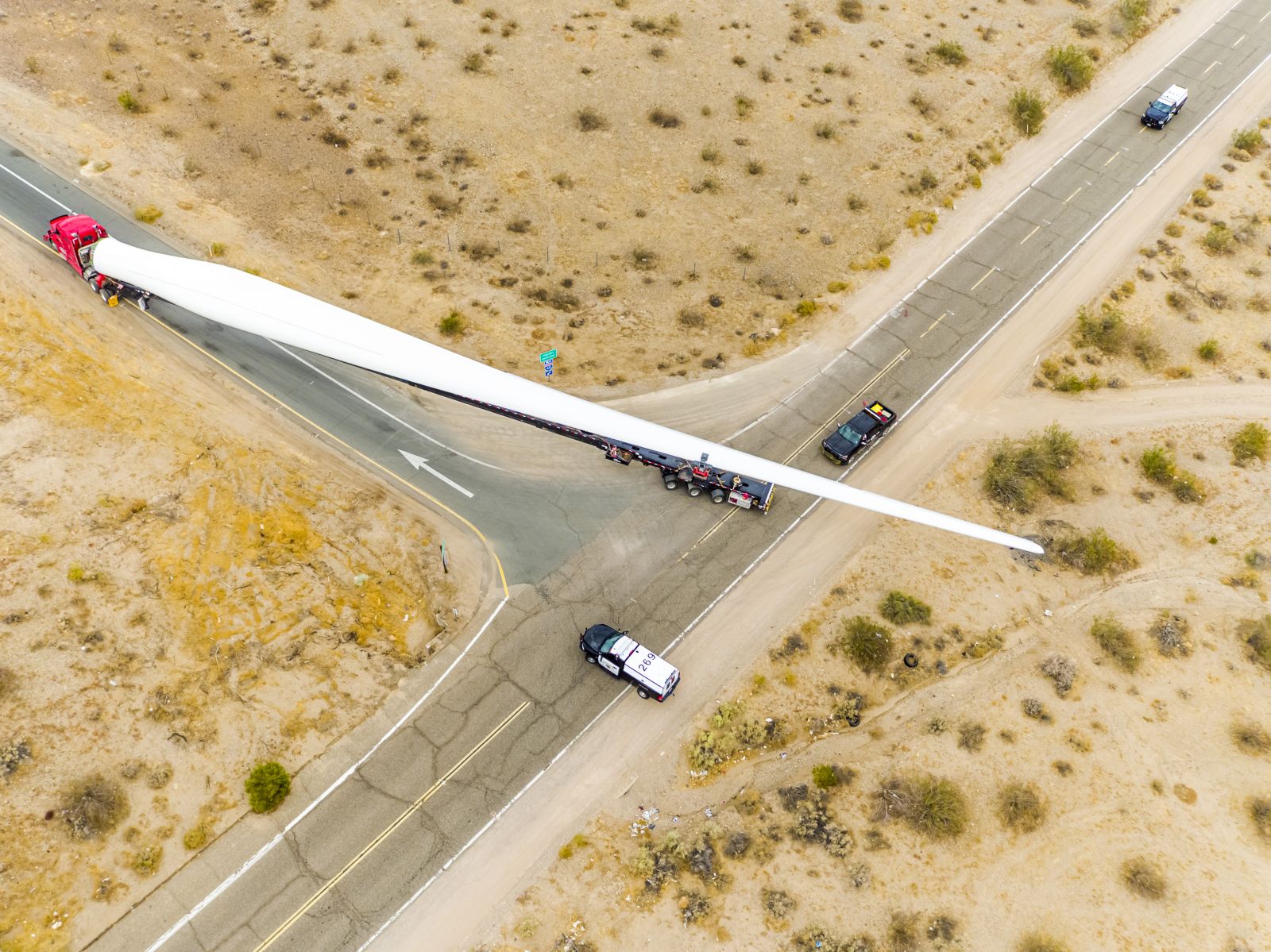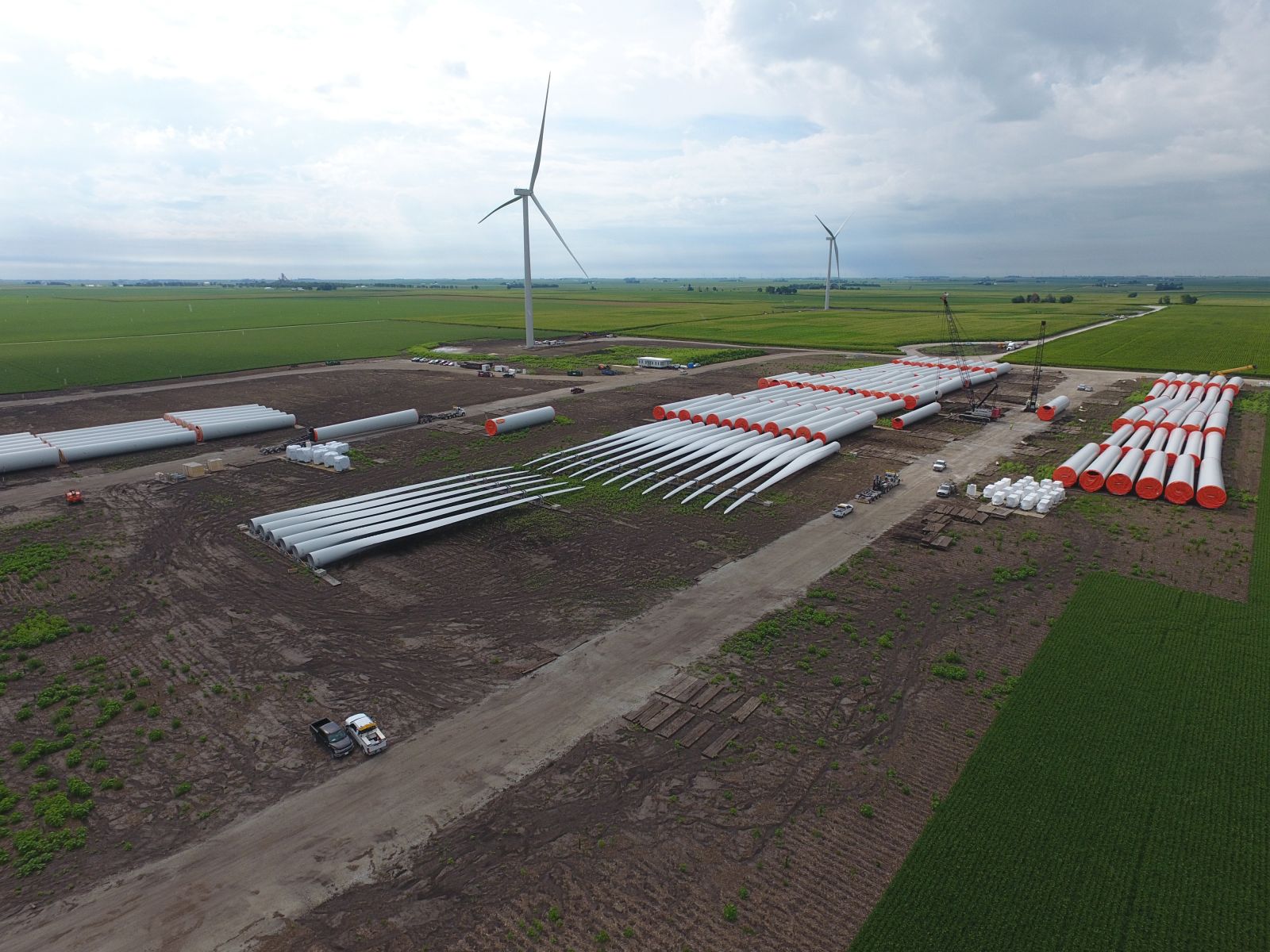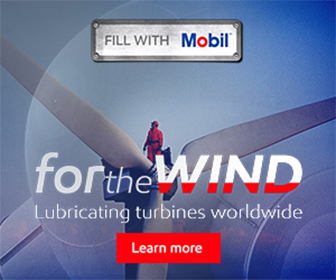Positive Wind Trends Continue for 2022
While mindful of challenging events that continue to unfold around the world, the wind energy industry can celebrate a record-breaking year in 2021. Trends for 2022 point toward continued growth in many facets of the industry. Wind energy is being embraced by government and utility sector leaders who continue to set optimistic goals for renewables. These tailwinds will power the industry as it works through regulatory, labor, logistics and site selection challenges.
There was more wind, solar, and energy storage installed in the United States in 2021 than any previous year, according to the American Clean Power Association. More than 7.2 gigawatts of new wind capacity were installed through the third quarter of 2021 (enough to power nearly 2.2 million homes). That comes out to nearly 1 GW more than what was installed through the third quarter of 2020, and nearly double the wind capacity installed during the same period in 2019.

For 2022, the project pipeline remains busy, although last year’s record pace may be hard to match. Much of the low-hanging fruit has been achieved in site selection of land-based projects. Longer and/or more expensive permitting and development processes could be in store at more challenging locations.
There also could be a downtick in installed projects due to congressional delays in extending the production tax credit. The credit of $18 per MW expired at the end of 2021. The U.S. Department of Energy reports that the current PTC, along with improvements in the cost and performance of wind power technologies, is helping to drive project demand.
Other actions by government could boost the industry long-term. In January, it was announced the Interior Department would hold an offshore wind lease sale of the most lease areas ever offered, in the New York Bight off the coasts of New York and New Jersey. The resulting projects could generate up to 7 GW. Earlier, the Biden administration announced a goal to deploy 30 GW of offshore wind in the United States by 2030.
State governments have set wind energy targets as well. New York plans to invest $500 million in offshore wind energy, and is seeking an offshore grid that can deliver 6 GW to New York City. North Carolina set offshore wind development goals of 2.8 GW by 2030, and 8 GW by 2040.
On the corporate side, an $8 billion, 2.6 GW wind farm is planned off Hampton Roads in Virginia by 2027; another is eyeing a 2030 completion goal for 2.5 GW off the coast of the Outer Banks in North Carolina. Corporate customers are creating demand for renewables through their own sustainability goals, and the environmental, social, and governance movement among shareholders will further this trend.
 Meanwhile, jobsites can expect to cope with the ongoing pandemic as they enter a third year of facing negatively impacted labor and logistics, including temporary labor issues due to employees testing positive. Safety protocols for subcontractors will see constant evaluation and evolution. Clusters of positive tests in manufacturing and logistics could continue to create supply chain issues that ripple their way to jobsites. But with fewer government-mandated lockdowns and with backlogs at U.S. ports slowly shrinking, supply chain bumps should level out.
Meanwhile, jobsites can expect to cope with the ongoing pandemic as they enter a third year of facing negatively impacted labor and logistics, including temporary labor issues due to employees testing positive. Safety protocols for subcontractors will see constant evaluation and evolution. Clusters of positive tests in manufacturing and logistics could continue to create supply chain issues that ripple their way to jobsites. But with fewer government-mandated lockdowns and with backlogs at U.S. ports slowly shrinking, supply chain bumps should level out.
A long-term trend that will impact the supply chain is the onset of wind energy component manufacturing on American shores. The first offshore wind turbine OEM blade facility in the United States is scheduled for construction (currently, these parts are imported from Europe). The $200 million facility in Portsmouth, Virginia, is intended to support the Outer Banks project. OEMs tend to attract suppliers, so the announcement of this facility could trigger the buildout of a domestic manufacturing supply chain.
Project scale is also expected to continue growth trends, both in hub height and blade lengths. DOE estimates the average land-based hub height was nearly 300 feet in 2020, a 59 percent increase since 1998. Offshore hub heights that averaged 330 feet in 2016, are predicted to rise to 500 feet by 2035. Rotor diameters have grown more than fivefold over the past two decades, and averaged 125 meters in 2020. Manufacturers are working on turbine models with 200-plus-meter diameters.
Bigger, taller turbines can generate more power. More power brings up the issue of storage. In fact, several companies are trying to innovate in this space. Various concepts include undersea reservoirs that turn excess wind into hydro power, and 220 MW floating boat-batteries that can carry offshore wind energy back to land.
.jpg)
The pandemic has created untold hardship for millions around the world. Science, government and business have been forced to learn on the fly. Despite all of this, the wind energy industry has been able to maintain momentum. While there will continue to be new challenges, the outlook for wind energy is bright in 2022, and for the years to come.
Vikash Patel is the Co-Founder of Logisticus. Logisticus provides everything from initial feasibility studies, civil design, turbine storage, and transporting turbine components. They can find and design solutions for the most challenging transports, across the toughest terrain, with a process-oriented approach focused on risk identification and mitigation, as well as safety, data, and technology.
Logisticus | www.logisticusgroup.com
Author: Vikash Patel
Volume: 2022 March/April









